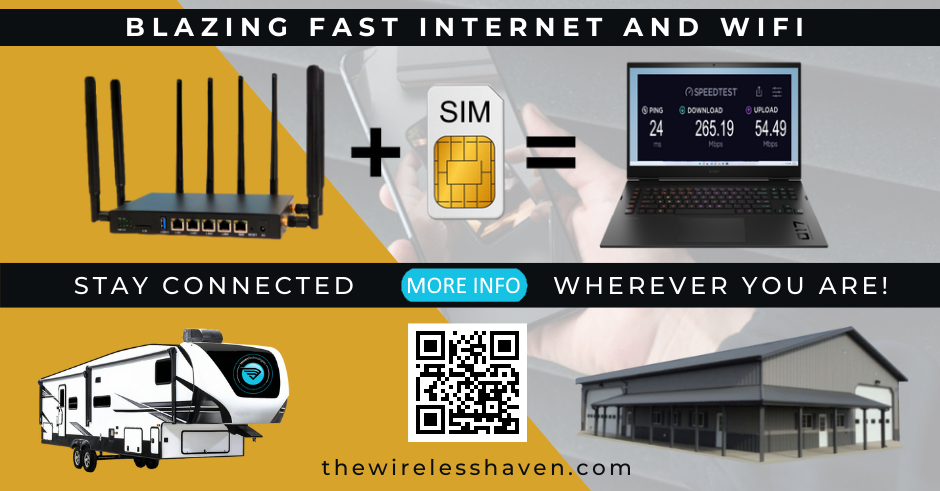OptimusPrime wrote: Tue Aug 18, 2020 5:10 pm
For this modem, RM500Q-GL- I don't believe these 5G bands are correct. The -GL is a gimped version for the non-US market and only have four 5GNR bands.
RM500Q-GL:
5G: N41, N77, N78, N79
Screenshot from 2020-08-18 18-04-24.png
You might be right, buyers should check the specs carefully before plucking down several hundred dollars for a 5G modem. I've seen quite a few overseas sellers mislabel the model's suffix, including mixing up band specs among various versions, so due diligence is highly recommend. I believe that there only one RM500Q hardware made, and the "AE/GL" versions are just flashed with different regional firmware.
While unrelated to this reply, there seems to be some confusion out there about the sub-6GHz and mmWave bands, so here some info about it.
Make sure to get the right modem which covers your carrier's bands.
ATT 5G bands:
n5, n41 (2.5 GHz), n71 (600 MHz, not the same as the 4G-LTE band B71)
N260 (39 GHz), N261 (28 GHz)
Tmobile 5G bands:
n41 (2.5 GHz), n71 (600 MHz, not the same as the 4G-LTE band B71)
N260 (39 GHz), N261 (28 GHz)
Sprint 5G bands (now part of Tmobile)
n41 (2.5 GHz), n71 (600 MHz, not the same as the 4G-LTE band B71)
N260 (39 GHz), N261 (28 GHz)
Verizon 5G bands:
N260 (39 GHz), N261 (28 GHz)
5G bands prefixed with the lower case letter "n" are called "sub-6GHz", which are the lower frequency 5G bands on ATT and Tmobile, but not Verizon.
5G bands prefixed with the upper case letter "N" are called "mmWave", which are the higher frequency 5G bands on ATT, Tmobile, and Verizon.
ATT and Tmobile will work on both sub-6GHz AND mmWave bands, but Verizon will only work on mmWave bands.
Sub-6GHz bands as its name suggests (below 6GHz) runs on lower frequencies, therefore they can travel farther and penetrate buildings easier than the higher frequency mmWave bands (above 6GHz). Also, mmWave modems are more expensive, and difficult to install due an additional 4 more antennas for a total of 8.


